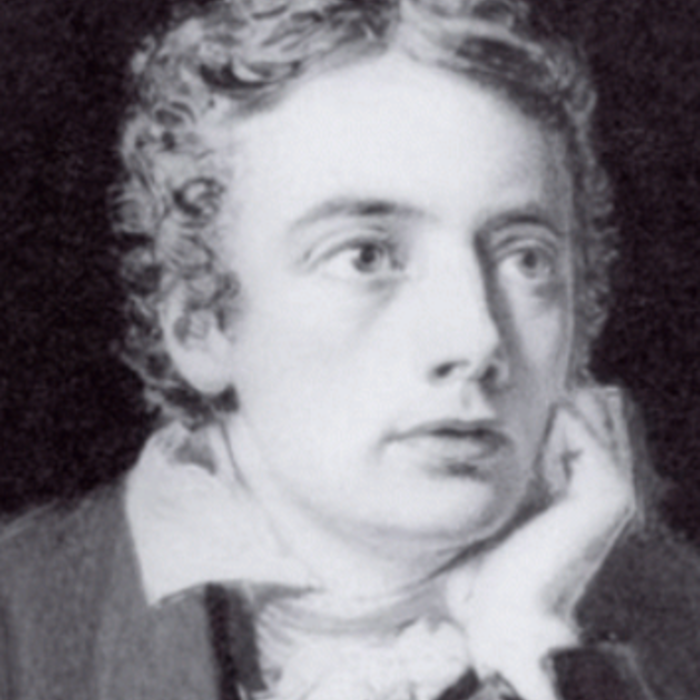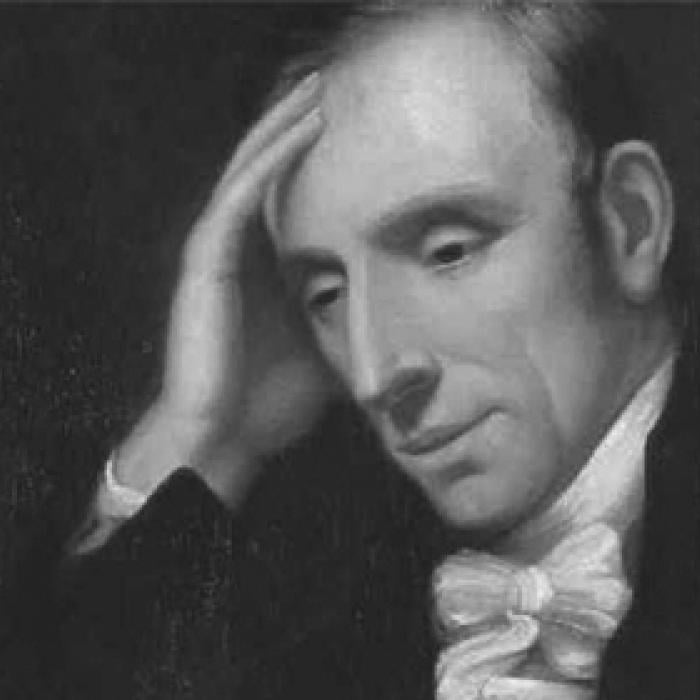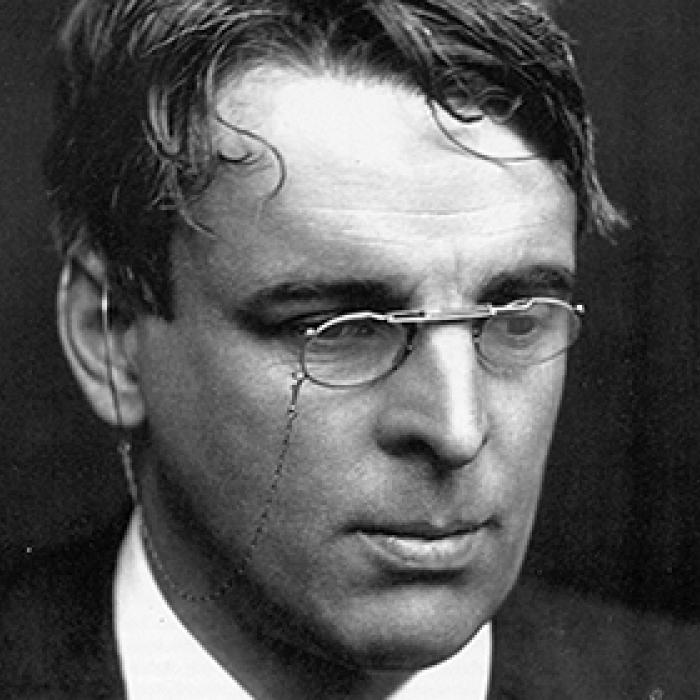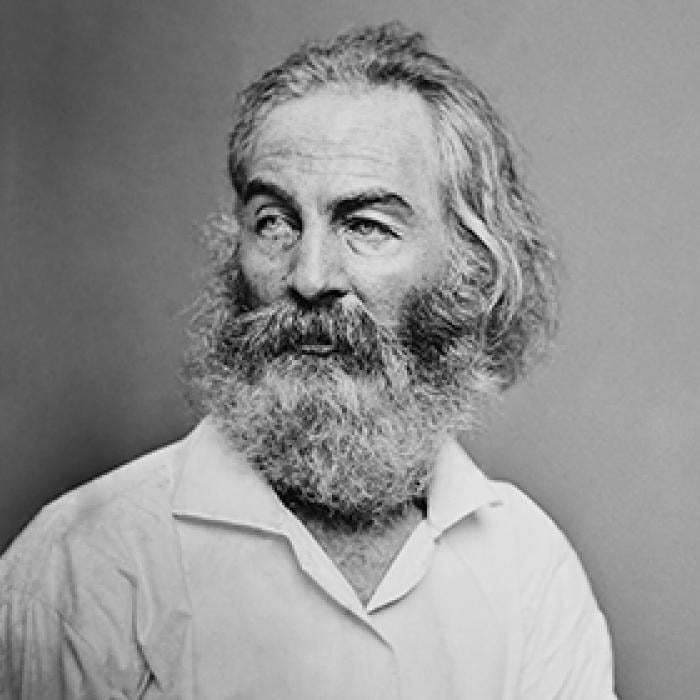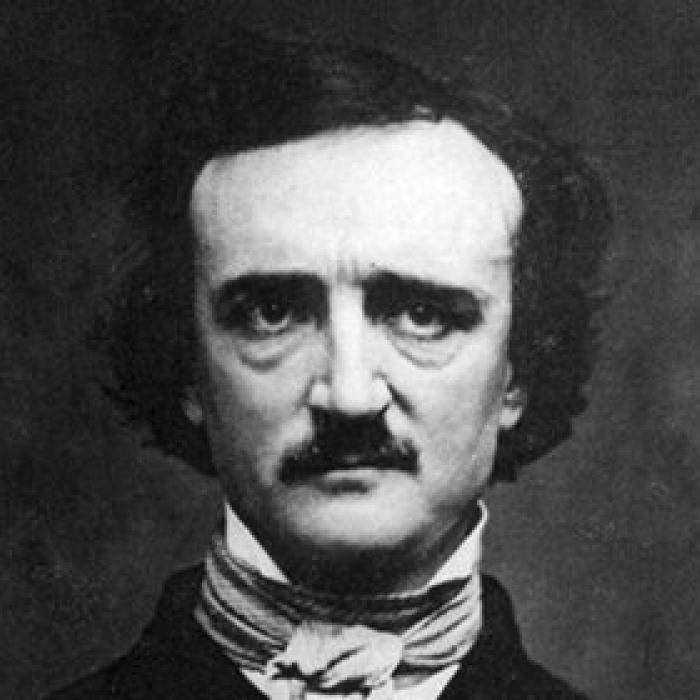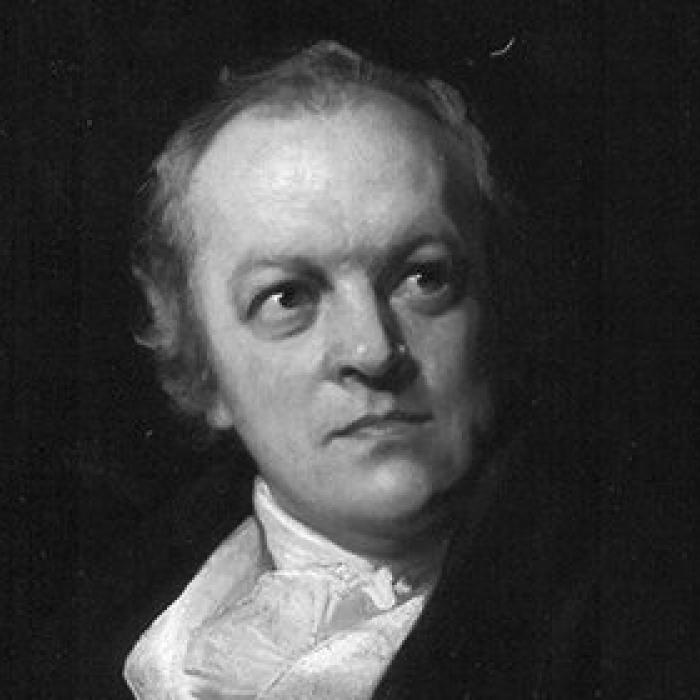Herman Melville
Herman Melville was born in New York City on August 1, 1819, and raised in upstate New York. After his merchant father, Allan, died, leaving the family in penury, Melville attempted to support his family by working various jobs, from banking to teaching school. It was his adventures as a seaman in 1845 that inspired Melville to write. On one voyage, he was captured and held for several months. When he returned, friends encouraged Melville to write about his experience. Typee: A Peep at Polynesian Life (Wiley and Putnam, 1846) became his first literary success; the continuation of his adventures appeared in his second book, Omoo (Harper & Brothers, 1847).
After ending his seafaring career, Melville read voraciously. In 1847, he married Elizabeth Shaw and moved first to New York and then the Berkshires. He lived near writer Nathaniel Hawthorne, who became a close friend and confidant. Melville penned Mardi and a Voyage Thither, a philosophical allegory, and Redburn: His First Voyage (Harper & Brothers, 1849), a comedy. Although the latter proved a financial success, Melville immediately returned to the symbolic in his next novel, White-Jacket; or, the World in a Man-of-War (Harper & Brothers, 1850). In 1851, he completed his masterpiece, Moby-Dick, or the Whale (Harper & Brothers). Considered by modern scholars to be one of the great American novels, the book was dismissed by Melville’s contemporaries and he made little from the effort. The other two novels that today form the core of the Melville canon—Pierre; or the Ambiguities (Harper & Brothers, 1852) and The Confidence Man (Dix, Edwards & Co., 1857)—met a similar fate.
During the 1850s, Melville supported his family by farming and writing stories for magazines. He traveled to Europe in 1856, where he saw his friend Hawthorne for the last time. During that visit, it was clear to Melville that his novel-writing career was finished. In 1857, after returning to New York still unnoticed by the literary public, he stopped writing fiction. He became a customs inspector, a job he held for twenty years, and began to write poetry.
The Civil War made a deep impression on Melville and became the principal subject of his verse. With so many family members participating in various aspects of the war, Melville found himself intimately connected to it. He observed the Senate’s debating secession during a visit to Washington, D.C., in 1861, and made a trip to the front with his brother in 1864. Melville’s first published book of poems was Battle-Pieces and Aspects of the War: Civil War Poems (Harper & Brothers, 1866). The volume is regarded by many critics as a work as ambitious and rich as any of his novels. He went on to write and publish three more volumes of poetry, including Clarel: A Poem and a Pilgrimage (G. P. Putnam’s Sons, 1876), to little acclaim.
Melville died of a heart attack on September 28, 1891 at the age of seventy-two. During the week of his death, the New York Times wrote: “There has died and been buried in this city […] a man who is so little known, even by name, to the generation now in the vigor of life that only one newspaper contained an obituary account of him, and this was but of three or four lines.” It wasn’t until the 1920s that the literary public began to recognize Melville as one of America’s greatest writers.

